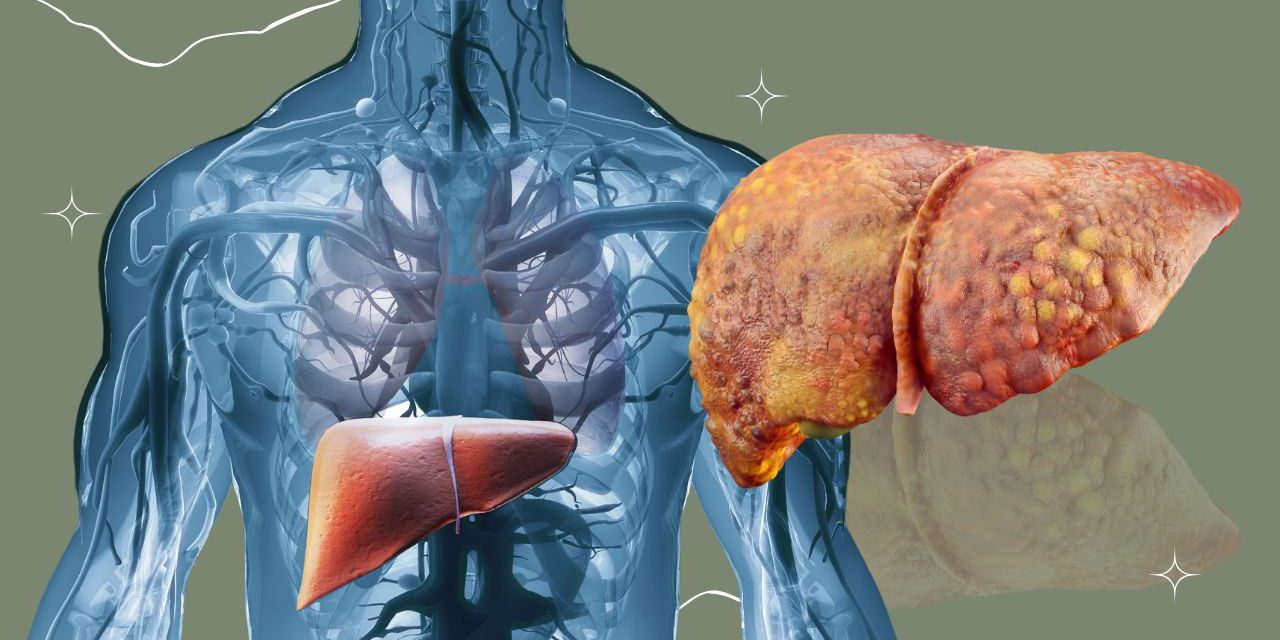Introduction
Cirrhosis is a chronic and progressive liver disease characterized by the gradual destruction of liver tissue and the formation of scar tissue. This condition can have serious consequences for liver function and overall health. In this article, we will review the symptoms, causes, and treatment options available for cirrhosis, while emphasizing the importance of early diagnosis and lifestyle changes to effectively manage the disease.
Understanding Cirrhosis: Causes and Risk Factors
Cirrhosis is primarily caused by long-term damage to the liver, which can result from a variety of factors:
- Chronic alcohol abuse: Prolonged and excessive alcohol consumption is one of the main causes of cirrhosis.
- Chronic viral hepatitis: Hepatitis B, C, and D can lead to ongoing inflammation and cirrhosis of the liver if left untreated.
- Non-alcoholic fatty liver disease (NAFLD): Obesity, diabetes, and high cholesterol levels contribute to NAFLD, which, in turn, can progress to cirrhosis.
- Autoimmune hepatitis: The body’s immune system attacks and damages liver cells, causing inflammation and cirrhosis.
- Bile duct diseases: Conditions affecting the bile ducts, such as primary biliary cholangitis and primary sclerosing cholangitis, can cause cirrhosis.
Recognizing the symptoms of cirrhosis
Cirrhosis may not show noticeable symptoms in its early stages. As the disease progresses, the following symptoms may appear:
- Fatigue and weakness.
- Jaundice (yellowing of the skin and eyes)
- Itchy skin
- Swelling (edema) in the legs, ankles, or abdomen
- Unexplained weight loss or loss of appetite
- Bleed or bruise easily
- Red or spider-like blood vessels on the skin
- Abdominal pain or tenderness
- Diagnosis and staging of cirrhosis
- The diagnosis of cirrhosis involves a combination of medical history, physical examination, and various tests including blood tests, imaging studies (ultrasound, CT scan), and sometimes a liver biopsy. Staging of cirrhosis is important to assess the extent of liver damage, guide treatment decisions, and determine prognosis.
Lifestyle modification and management
Although cirrhosis is irreversible, certain lifestyle changes can slow its progression and improve the quality of life for those affected:
- Alcohol elimination: If alcohol is the underlying cause of cirrhosis, complete abstinence is essential to prevent further liver damage.
- Healthy diet: A balanced diet low in sodium and unhealthy fats can help manage complications such as fluid retention and reduce stress on the liver.
- Weight management: Maintaining a healthy weight can prevent progression to cirrhosis due to NAFLD.
- Vaccination: Hepatitis A and B vaccinations are recommended to prevent additional liver damage.
Medication and symptomatic treatment
Depending on the specific cause and stage of cirrhosis, medications may be prescribed to manage underlying conditions, control symptoms, and reduce complications. These may include antiviral drugs for viral hepatitis, immunosuppressants for autoimmune hepatitis, and diuretics for fluid retention.
Modern treatment for cirrhosis
In some cases, advanced cirrhosis may require more aggressive methods of treatment:
Liver transplantation: For people with end-stage cirrhosis and liver failure, a liver transplant may be the only viable treatment option.
TIPS Procedure: Tran jugular intrahepatic Porto system shunt (TIPS) is a procedure that creates a shunt to redirect blood flow to the liver, reducing pressure on damaged blood vessels.
Result
Cirrhosis is a serious liver condition that demands attention and immediate action. Early detection and diagnosis are crucial for effective treatment and disease management. By adopting healthy lifestyle practices, seeking medical intervention, and following recommended treatments, people with cirrhosis can improve their quality of life and potentially slow the progression of the disease. Education and awareness about the causes, symptoms and progression of cirrhosis is essential to empowering individuals to take control of their health and work towards a better tomorrow.










